Home to the oldest desert in the world, Namibia is well known for its beautiful dunes of all forms and dimensions. They attract photographers for their ever-shifting displays of light and colours and often even an added shimmer due to minerals. Adventure-seekers adore the high dunes that provide the required rush. Geologists admire them all. And surprisingly, a huge number of the most fascinating creatures live here.
The Great Sand Sea, declared a World Heritage Site, is a huge body of sand that covers 34 000 square kilometres. The masses and masses of sand have been transported from inland over millions of years. Let’s back up to the ice ages in the northern hemisphere. During this period the worldwide sea level dropped by at least 120 metres. This meant that the coastline was situated some 200 kilometres further west and the delta as well as the shelf area were dry.The delta sand accumulated on the coast due to the strong prevailing southwesterly wind where it finally started building up into dunes.
There are four main dune types and most of them are visible on satellite images.
Transverse dunes
Where: They occur in the coastal area up to 30 kilometres inland.This dune type comprises the dune belt between Walvis Bay and Swakopmund as well as the Northern Dune Field in the Skeleton Coast Park.
Physical features: Their long axes spread perpendicular to the main wind direction. They are up to 75 metres in height.
Longitudinal dunes
Where: They occur in the central part of the sand sea up to 90 kilometres inland and extend parallel to the prevailing winds in a northerly direction. They cover the largest part of the Namib.
Physical features: These dunes can be up to 100 kilometres long and 120 metres high.
Star dunes
Where: Star dunes occur on the eastern edge of the desert and are formed by winds from different directions. The famous dunes at Sossusvlei are star dunes.
Physical features: They can reach 220 metres in height.
Barchan dunes
Where: Barchan dunes are also widespread but are too small to be seen on satellite images.These dunes occur south of the Aus–Lüderitz tar road, east of Walvis Bay and in the Skeleton Coast Park where they regularly block the road as they migrate to the north.On average they travel several tens of metres and in some areas up to 1000 metres a year.
Physical features: These highly mobile dunes are crescent shaped and occur mostly in front of a transverse dune field. They are generally found at the beginning of a sand sea as they do not need a huge amount of sand to form.
Another fascinating feature visible on satellite images are the Tsondab and the Tsauchab Vleis (lakes). These two rivers used to reach the Atlantic before they were pushed eastwards by the ever-increasing sand masses of the Namib. The water of these two rivers still infiltrates the desert sands and takes the old river course beneath the dunes down to the Atlantic, explaining certain freshwater occurrences.
The ephemeral rivers crossing the Namib cut off the desert. For instance, a drastic change in the landscape can be observed on satellite images as the sand-free gravel plains of the central Namib extend north of the Kuiseb River. This is due to regular flooding of the Kuiseb that washes away any sand accumulation trying to cross it – the only factor preventing the desert from extending to the north. These riverbeds, also called linear oases, are the life-giving veins of the desert that support many different game species.
Dune formation is an ongoing natural occurrence. When travelling to Lüderitz, you might even come across a barchan dune in the middle of the road! Road sweepers need to clear the road before motorists can continue. Did you know that the name of the nearby ghost town, Kolmanskop, was named after a driver, Johnny Coleman, who once abandoned his truck in the area during a sandstorm?
For more riveting information, make sure you get your hands on a copy of the source of this article: Namibia Geological Wonderland by Nicole Grünert. Available at The Book Den Windhoek at the crossing of Hosea Kutako Avenue & Puccini Street, Windhoek.
Are you interested in geology? Do you have some fun facts to share about Namibia’s geology?
Annelien Robberts is an avid wordsmith who turns her pen to all things travel, culture, and lifestyle. She was born in a small town called Otjiwarongo and grew up on a farm nearby. Creativity, nature and animals make her happy.

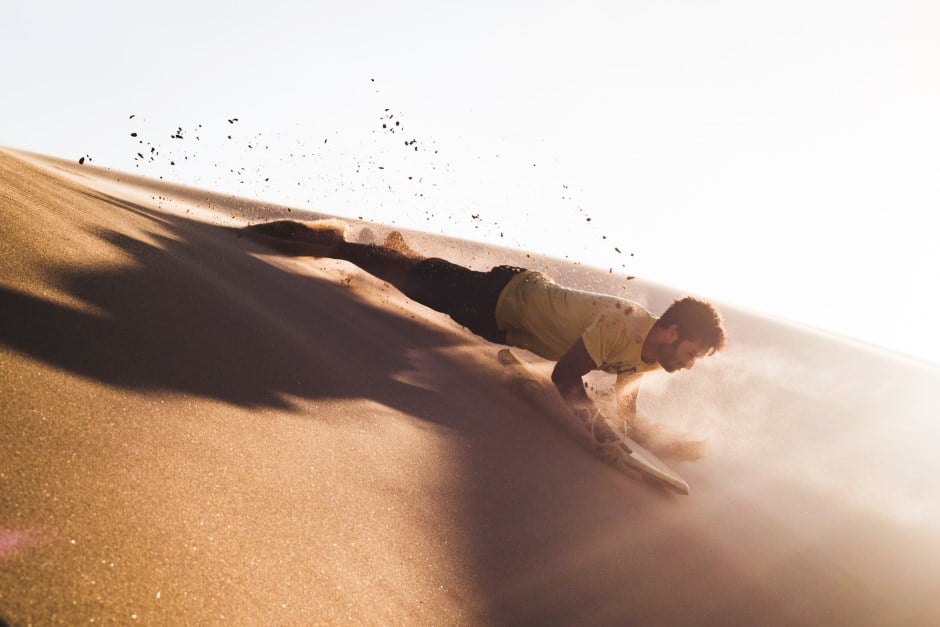
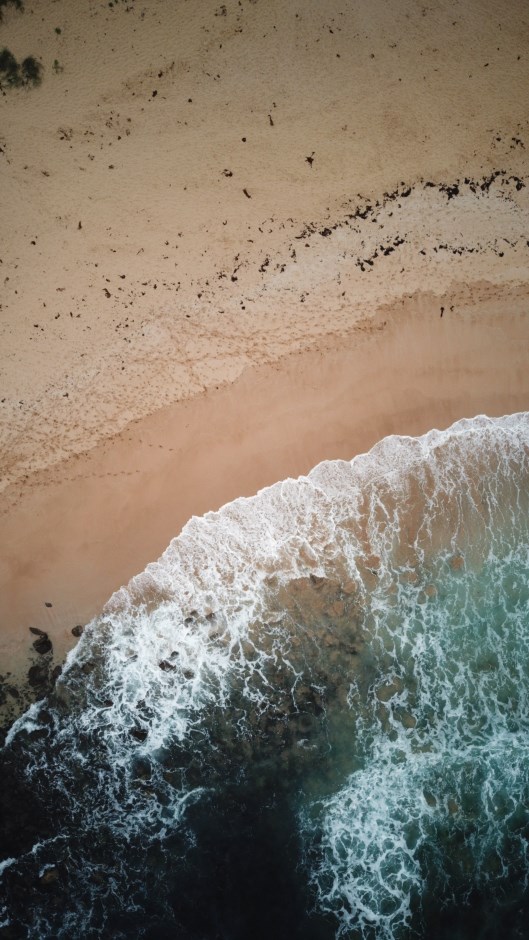
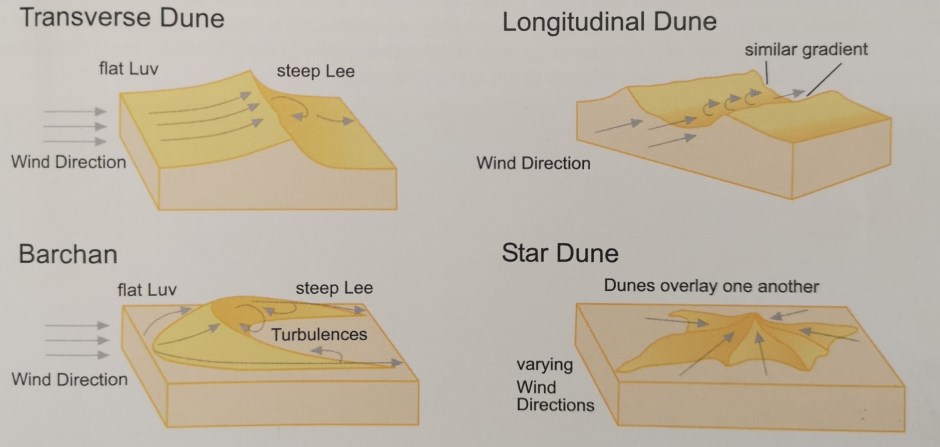
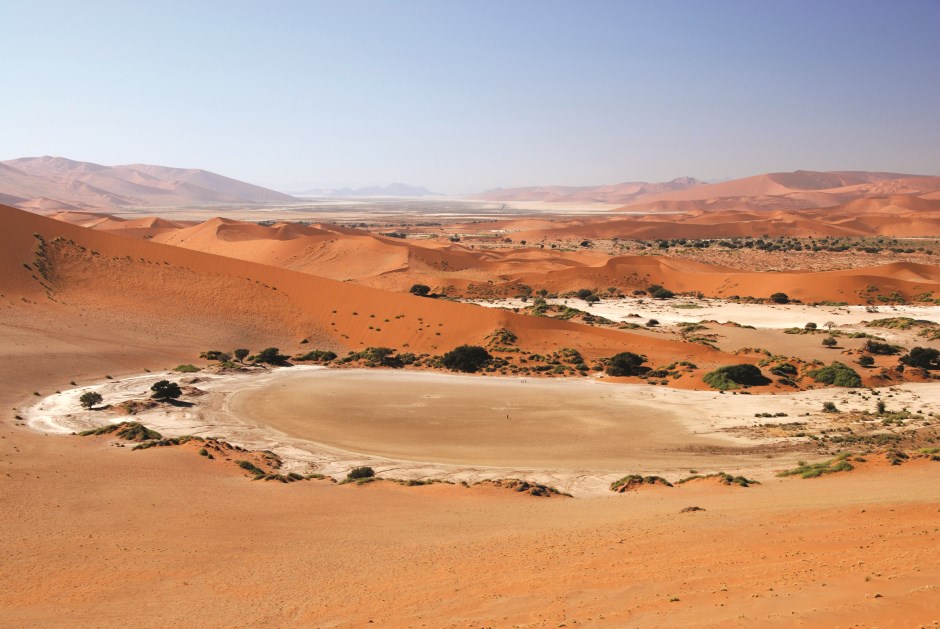
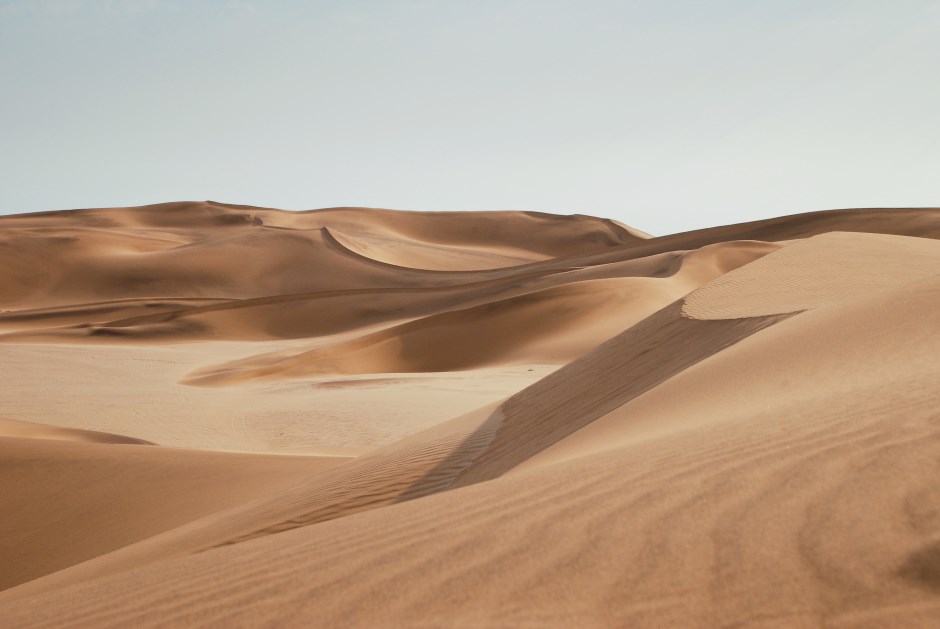
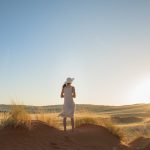
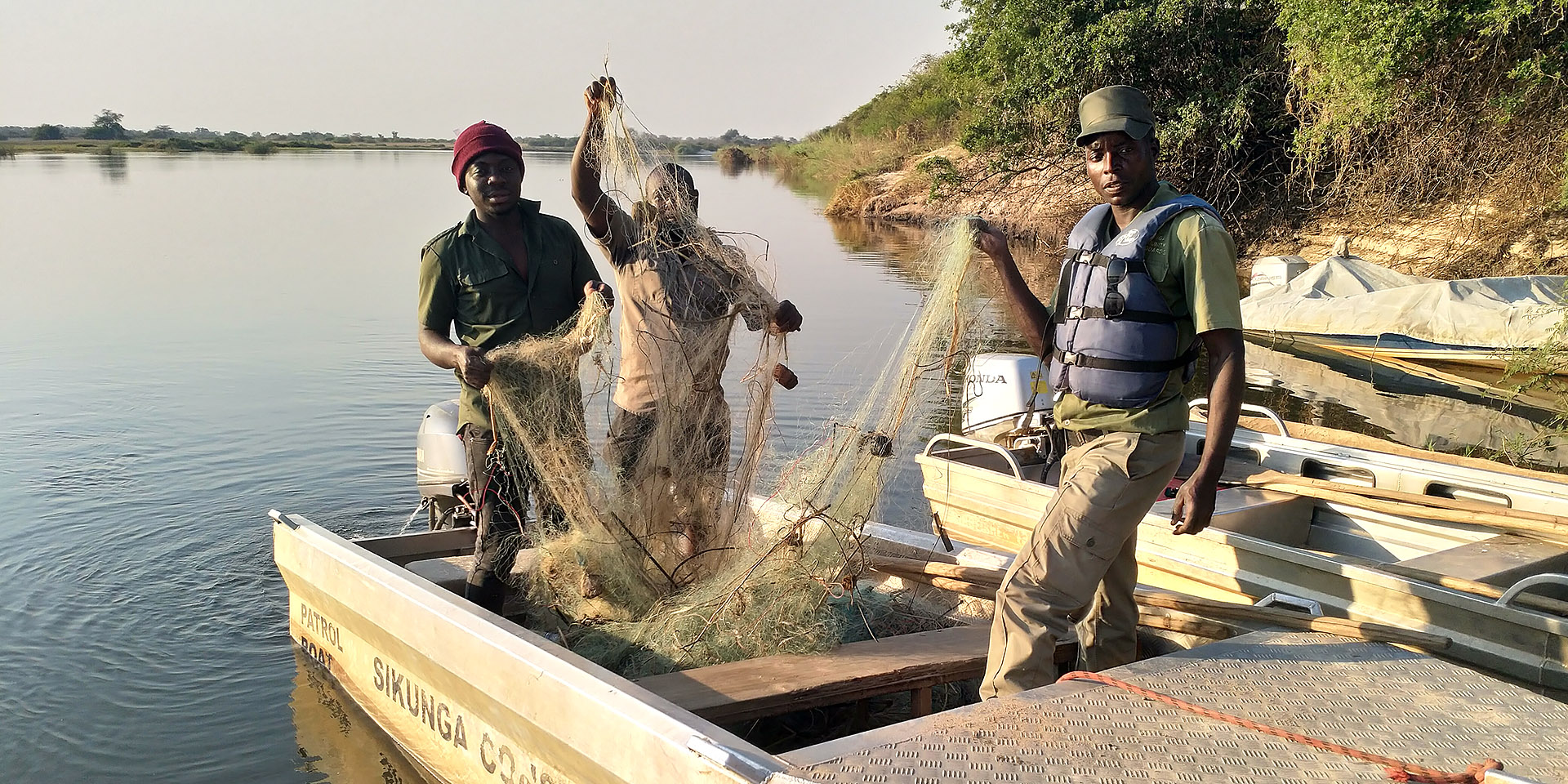
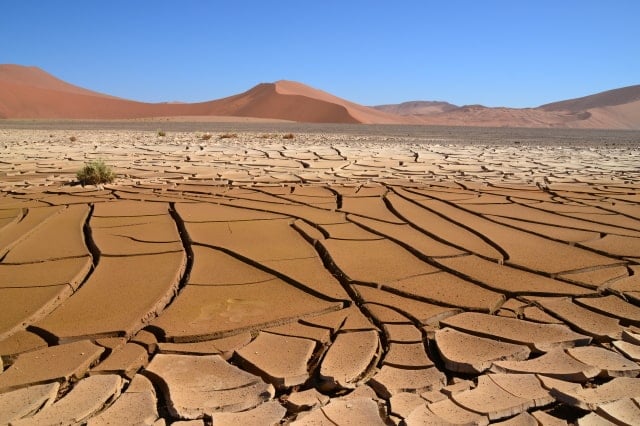

SUBMIT YOUR COMMENT